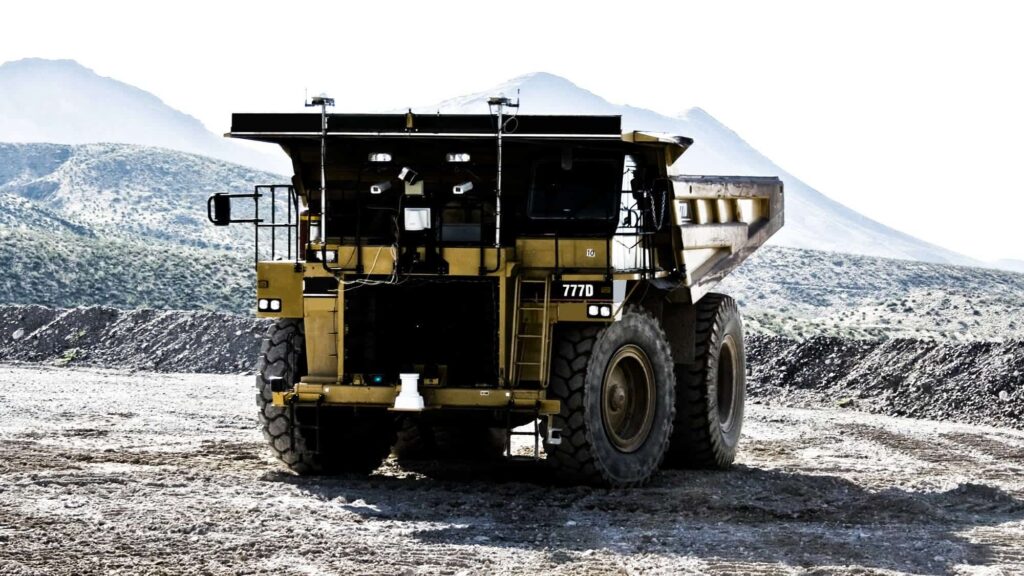
Autonomous Solutions, Inc. (ASI) has announced that it has improved an algorithm for autonomous vehicles that detects drop-offs and other large negative obstacles often found in the off-road environments in which these vehicles operate.
In order to navigate safely through unknown terrain, autonomous ground vehicles rely on data from sensors that captures the 3D space surrounding the vehicle. The ability to capture this data is often obscured by objects, negative obstacles or rough terrain, producing gaps in the sensor field of view. These gaps may, for instance, show up as shadows in LiDAR data.
Since sensors receive no data at all in these occlusions, they cannot provide explicit information about what might be found in the occluded areas. Such information must therefore be inferred from using an occlusion mapping algorithm to provide the navigation system with a more complete model of the environment.
ASI’s solution, which could be used to detect dump edges at mine sites, steep road edges, canals, ditches, hills or stairs for indoor or urban environments, consists of three main components.
The first is a sensor field of view (FOV) model that describes what obstacles the sensors are expected to detect. This component is designed for point cloud sensors such as 3D LiDAR, Flash LiDAR, Structured Light, and Stereo Cameras.
The second is an occlusion map that is maintained and updated using the sensor FOV model and current sensor data to provide a probabilistic estimate on areas that have not been detected within the sensor FOV.
The third final is the integration of the occlusion map into an autonomous vehicle navigation system. ASI’s solution is designed to work with and complement existing obstacle detection and avoidance systems.
Taylor Bybee, Perception Tech Lead at ASI, commented: “ASI has developed a method for mapping point cloud occlusions in real-time, which provides additional accuracy and safety when integrated into an autonomous vehicle obstacle detection and avoidance system.”
Jeff Ferrin, CTO at ASI, said: “While sensor data itself doesn’t tell us what’s in the occluded areas, occlusions can represent negative obstacles like drop-offs or areas behind large obstacles. It’s important to identify these areas for obstacle detection and avoidance to work properly.”


















